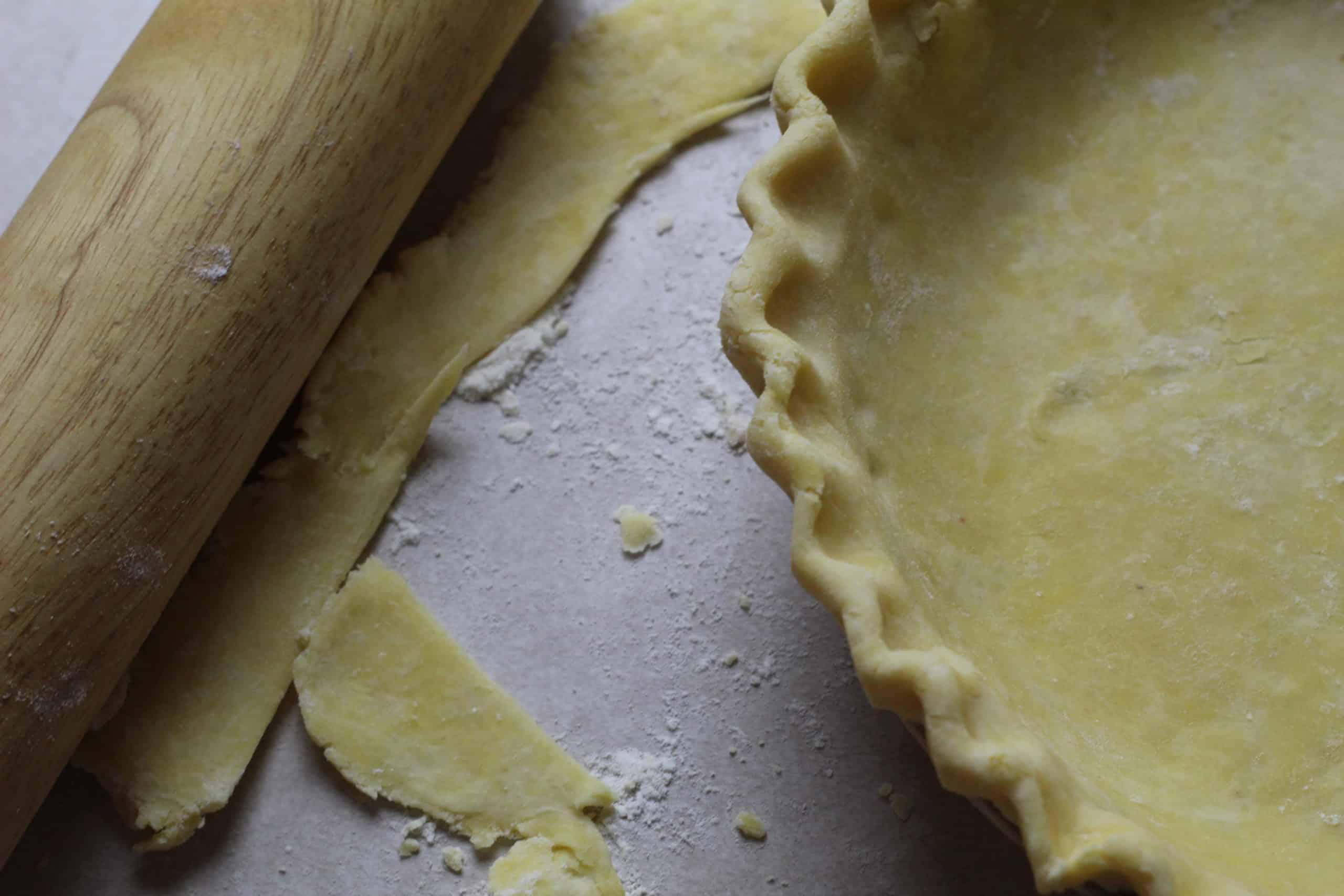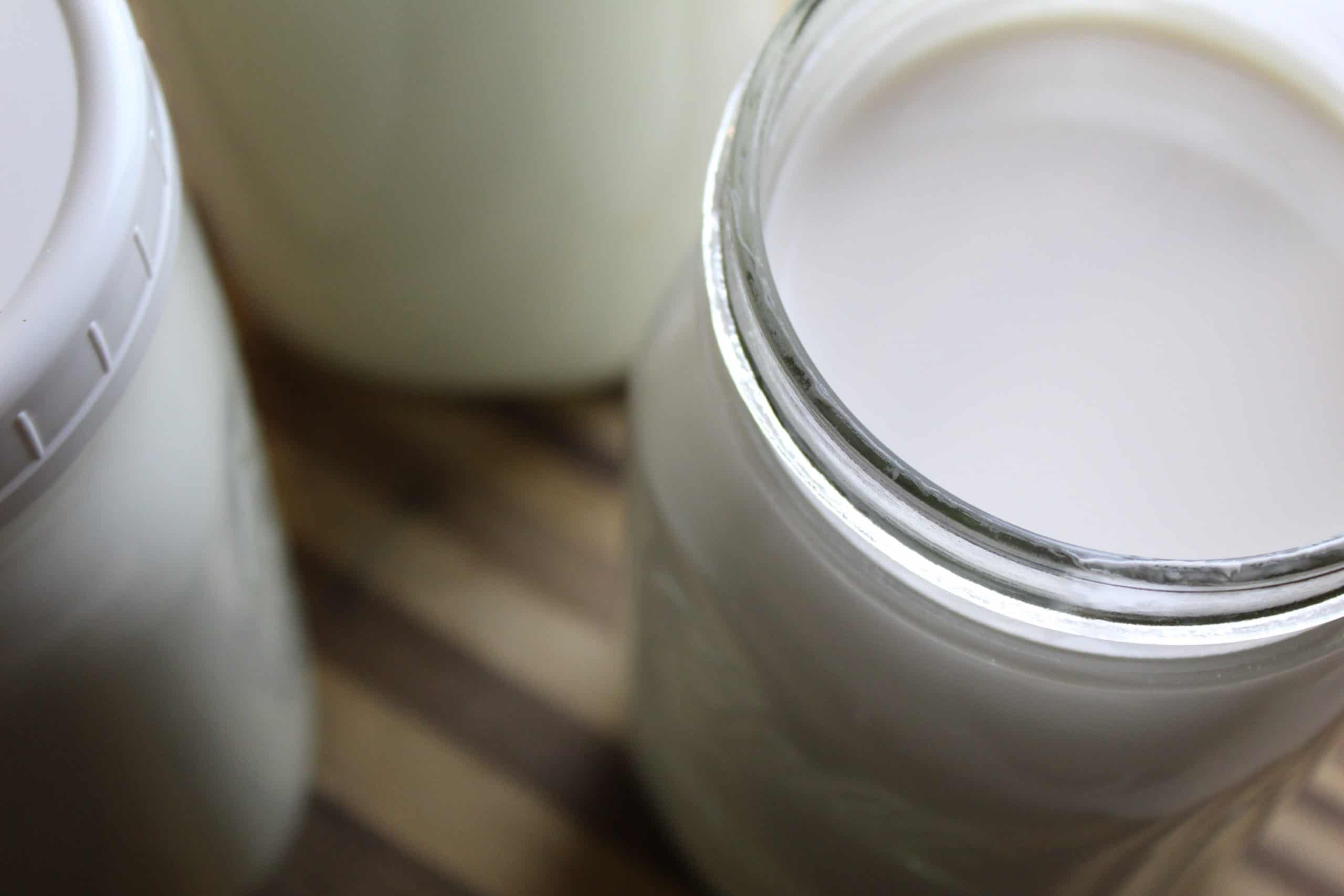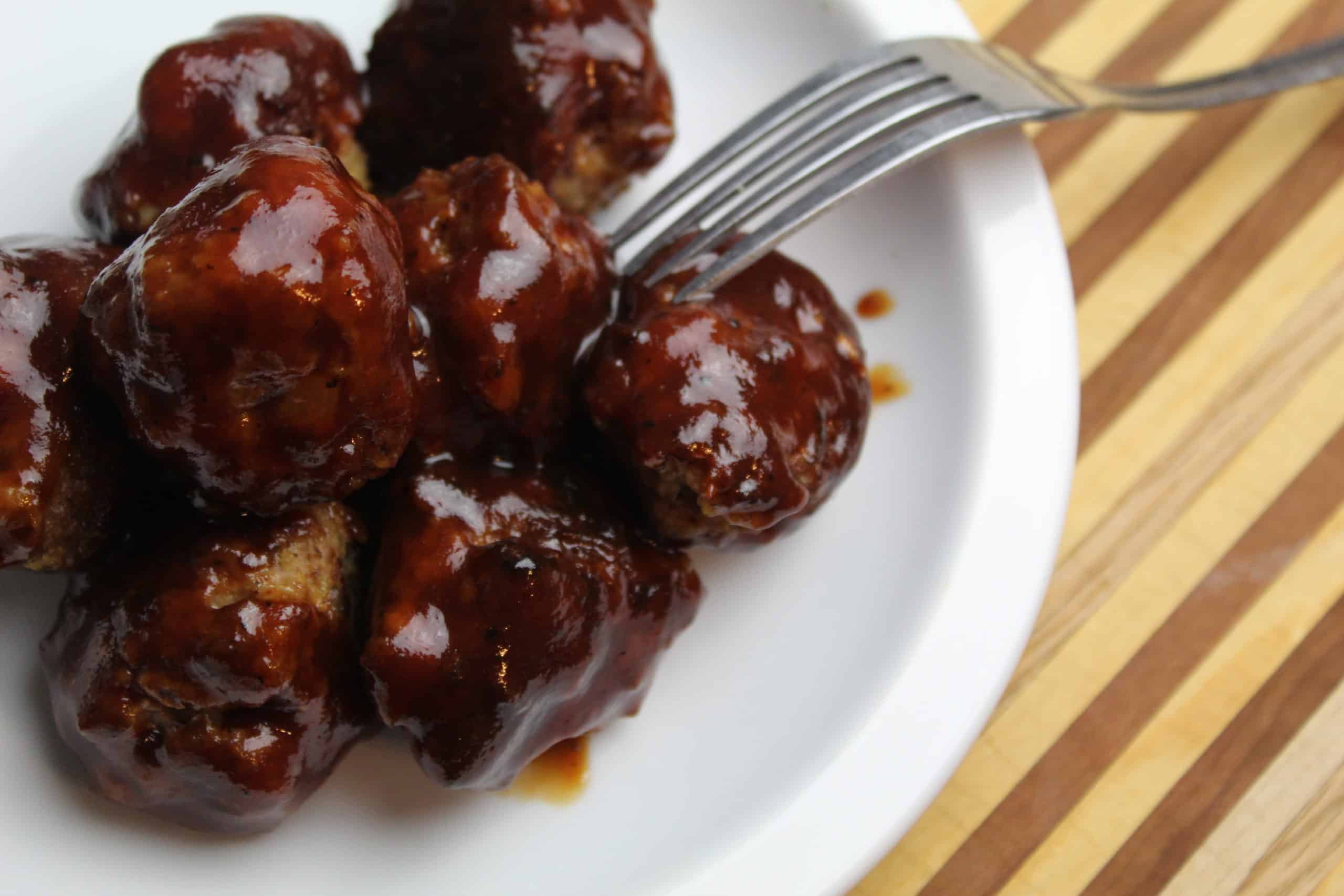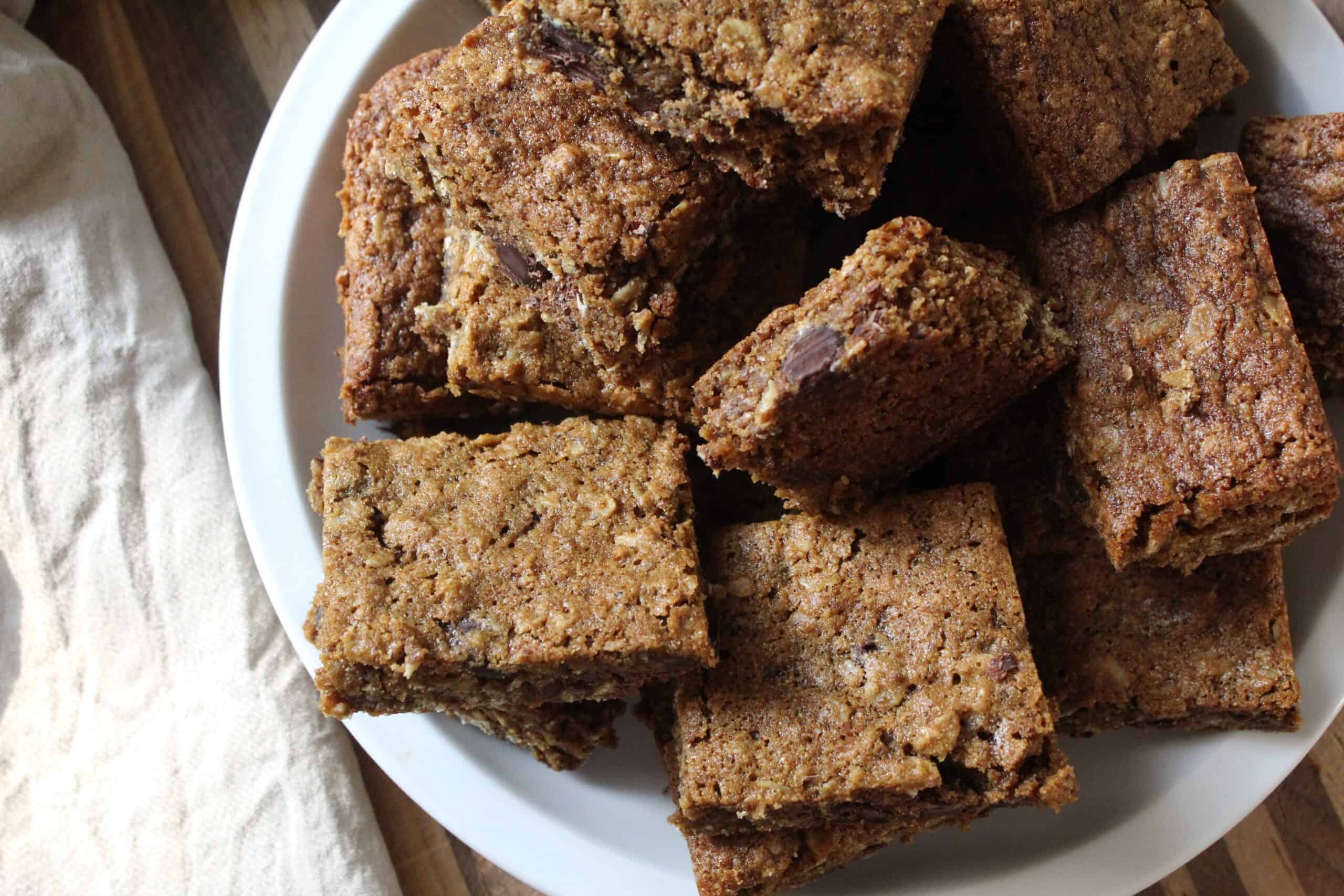Make Your Own Tea Bags
With just a little effort, you can easily harvest your own herbs and make simple and nutritious teas. If you prefer to keep it loose-leaf and use a tea ball that works great. Or if you’d like to make your own tea bags, they are simple and inexpensive.
Why make your own tea bags?
On our farm we have several wild plants that we can use to make teas, in addition to herbs we grow ourselves. Often times I’ll dry them and use them loose-leaf, steeping them in a tea ball. Recently I started taking my dried herbs and making simple tea bags. Here are a few reasons why you might want to make your own, too!
- It is less mess. The tea is already in a neat little package. No tea ball to wash or used leaves to dispose of.
- You will get less tea residue. Unless you were planning to read your tea leaves, it is preferable to not have little chunks of herbs floating around in your tea. Using a tea bag will result in less plant bits in your tea.
- It is easy to do. All you’ll need is an iron, herbs, and some tea bags.
- It makes a great gift. What better gift for a special occasion than homemade tea?

This post contains affiliate links, which means I make a small commission at no extra cost to you. See my full disclosure here.
Supplies You’ll Need
You only need three things to make your own tea bags!
- Dried herb of choice
- Heat sealable tea bags
- An iron
How to Do It
1.Harvest and prepare your plant material. You can check out my post on nettles for more information about how to do this. You can always buy loose herbs at your co-op, too.
2.Heat your iron. Pre-heat your iron to the cotton setting.
3.Fill your tea bags. Fill the tea bags about half full. Resist the urge to fill them to the top, as it will be harder to seal them and the herbs won’t steep as well.

4. Seal the tea bag. Make sure there is no plant material along the sealing area. Press your iron on the seal for five seconds.

5. Store. Store your tea bags in a cool, dark place. You can keep them in a metal tin, mason jar, or a small box. Make sure if you are using an old tea box that it doesn’t have a strong smell from the previous tea or it will get absorbed by your new tea.
Easy Herbs for Tea
There are several herbs that are easily grown and can be used to make a single ingredient tea. My favorite options are:
You can also make different blends for flavor or health benefits. I’ll be going into a more detailed post on that soon!
Tips for Brewing Your Tea
For the purest tea, use filtered water when possible. According to Twinings, you want to use cool, fresh, water, because it still has oxygen in it that will bring out more of the tea’s flavor.
Do not use boiling water. Sounds crazy, but boiling water can actually burn your plant and cause it to taste a little off or not release all of its benefits.
Steeping times vary on teas. For my fresh herbal teas I typically will do around a 5-minute steep. Much longer than that and the tea may start to get bitter. It all depends on what herb you are using. Start with 4-5 minutes and taste. If you want a stronger flavor let it steep longer.
Be sure to cover your tea. Valuable oils in your plant can escape your tea in the steam. Covering it keeps them locked in.
Pin it for Later







